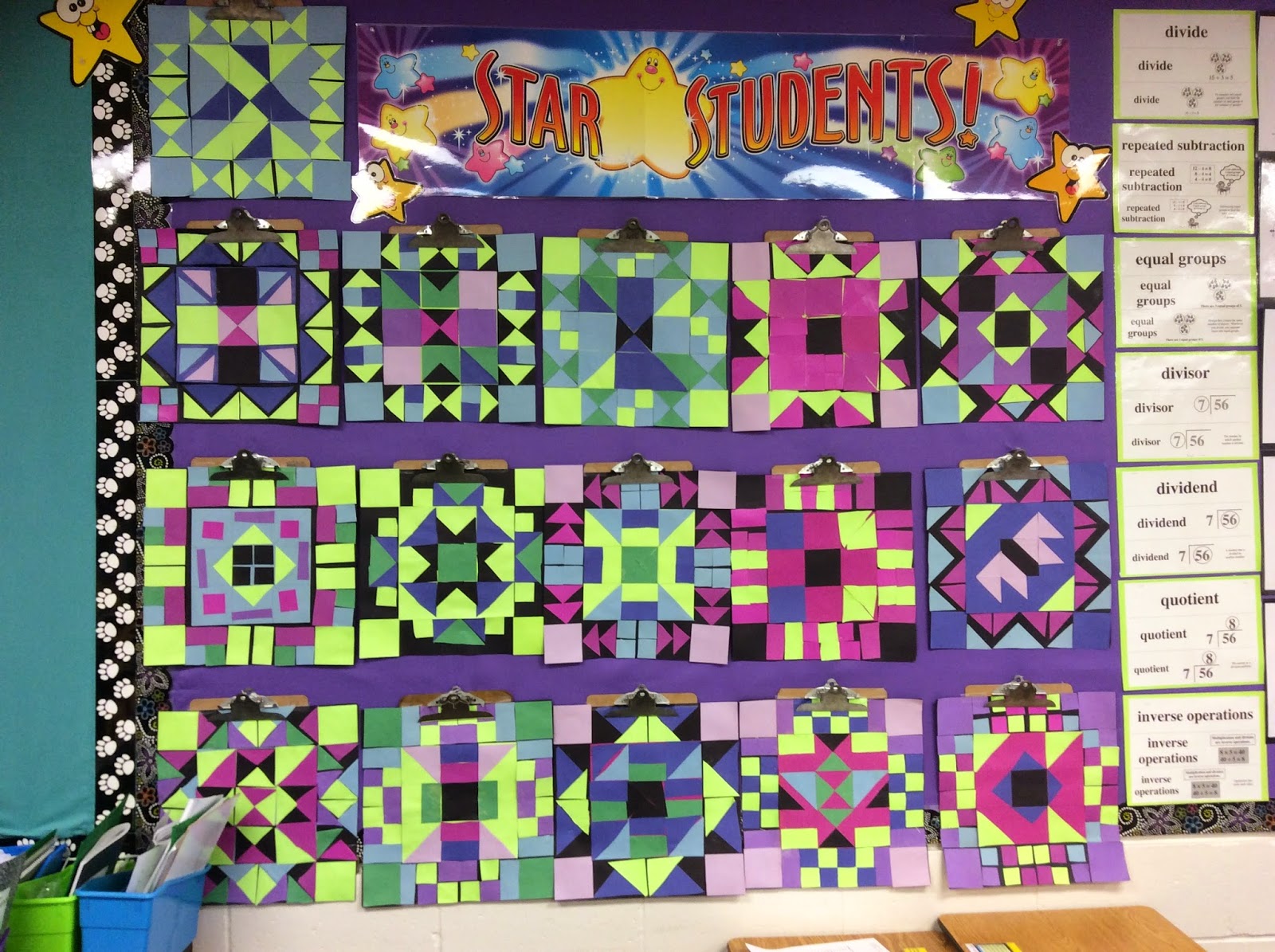The title of this post sounds funny, right? Involve students in their learning? Don’t we do that already? Let’s take a look at what it means to truly involve students in their learning.
I’m sure you have all heard some version of the Benjamin Franklin quote above. With today’s students, living in a fast paced world, this quote is something to keep in the back of your mind when crafting engaging lessons. If there is any way to get students truly engrossed in their learning and reflecting on what they learned, you will see much better results with engagement and retention.
Recently, in Bethany Klone’s 3rd grade classroom students began work on the following math standard: Comprehensive Geometric/Measurement. How does a teacher go about teaching this concept and how does the teacher make it meaningful for the students? Involve them in the learning process.
Here is an example of how this was done with teachers Bethany Klone (@BLKlone) and Joel Scholten at Two Springs Elementary.
After the topic was introduced to the students, the project began with work in art class. The task was to create a paper quilt using symmetry. They began by creating a border for their paper quilt in art class with Mr. Scholten following these steps.
The students:
- Created one strip that was then folded in half, which created a line of symmetry.
- Glued shapes down that were congruent on each side.
- Created three more strips that were congruent to the first.
- Rotated two of the border pieces up then translated one to the top to form a square.
- Created a center design that also used lines of symmetry. (Within the center they had to use rotation, reflection and translation.)
They also practiced fractions using three by three inch squares that they could cut into halves or fourths creating squares, rectangles and triangles. While making the quilts, you could hear all of the vocabulary words floating around the room.
Now, these turned out beautiful, but how does Mrs. Klone know if they grasped the concept of all of the vocabulary words above? She decided to listen to the students-literally, listen to them tell her what they know. Time? That process would take too long to have each student come up to her desk and provide a narrative of their learning. So she had her students use her classroom set of iPads to accomplish this task. Students embarked on an app smashing project using the camera, and the apps Tellagami and iMovie.
These are the steps they used to complete their app-smash. Students
- Took a picture of their quilt using the iPad’s camera.
- Inserted the image of their quilt as the background.
Mrs. Klone gave the students questions that they were to answer about their quilt. The questions pertained to the vocabulary words heard floating around the room throughout the project and how they related to each individual quilt.
Next, students
- Recorded their own voice answering the questions to show understanding of the concepts taught and using key vocabulary words from the unit.
Lastly, the videos were uploaded to a playlist in YouTube and the playlist was shared with parents, grandparents and people all over. Below are a few of the student examples.
As some of the students mentioned in their movies, they felt that this activity truly helped them learn about symmetry. By involving the students, in the learning and reflecting pieces of this project, they took ownership and were sure to produce a quality product that they were proud of sharing. Hearing their voice sharing what they learned is very powerful. And if we remember back to the quote by Benjamin Franklin….involve me and I learn.





Hey there! Great post! I'm a writer myself writing for 1ws.com and I would like to remind you that you can always hire an editor when needed. Cheers and keep up the good work.
ReplyDelete